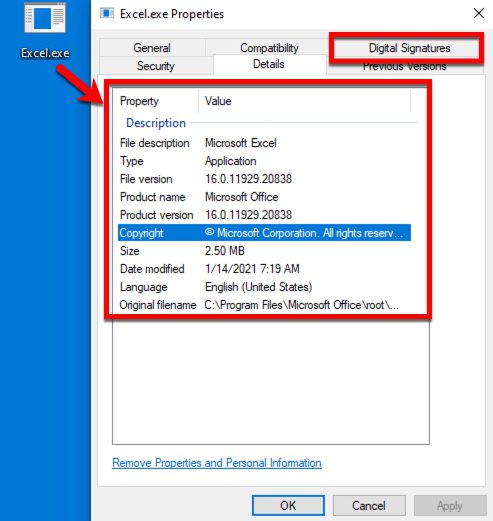
ScareCrow
ScareCrow is a payload creation framework for generating loaders for the use of side loading (not injection) into a legitimate Windows process (bypassing Application Whitelisting controls). Once the DLL loader is loaded into memory, utilizing a technique to flush an EDR’s hook out the system DLLs running in the process’s memory. This works because we know the EDR’s hooks are placed when a process is spawned. ScareCrow can target these DLLs and manipulate them in memory by using the API function VirtualProtect, which changes a section of a process’ memory permissions to a different value, specifically from Execute–Read to Read-Write-Execute.
When executed, ScareCrow will copy the bytes of the system DLLs stored on disk in C:\Windows\System32\. These DLLs are stored on disk “clean” of EDR hooks because they are used by the system to load an unaltered copy into a new process when it’s spawned. Since EDR’s only hook these processes in memory, they remain unaltered. ScareCrow does not copy the entire DLL file, instead only focuses on the .text section of the DLLs. This section of a DLL contains the executable assembly, and by doing this ScareCrow helps reduce the likelihood of detection as re-reading entire files can cause an EDR to detect that there is a modification to a system resource. The data is then copied into the right region of memory by using each function’s offset. Each function has an offset which denotes the exact number of bytes from the base address where they reside, providing the function’s location on the stack. In order to do this, ScareCrow changes the permissions of the .text region of memory using VirtualProtect. Even though this is a system DLL, since it has been loaded into our process (that we control), we can change the memory permissions without requiring elevated privileges.
Once these the hooks are removed, ScareCrow then utilizes custom System Calls to load and run shellcode in memory. ScareCrow does this even after the EDR hooks are removed to help avoid being detected by non-userland hooked-based telemetry gathering tools such as Event Tracing for Windows (ETW) or other event logging mechanisms. These custom system calls are also used to perform the VirtualProtect call to remove the hooks placed by EDRs, described above, to avoid being detected an any EDR’s anti-tamper controls. This is done by calling a custom version of the VirtualProtect syscall, NtProtectVirtualMemory. ScareCrow utilizes Golang to generate these loaders and then assembly for these custom syscall functions.
ScareCrow loads the shellcode into memory by first decrypting the shellcode, which is encrypted by default using AES encryption with a decryption and initialisation vector key. Once decrypted and loaded, the shellcode is then executed. Depending on the loader options specified ScareCrow will set up different export functions for the DLL. The loaded DLL also does not contain the standard DLLmain function which all DLLs typically need to operate. The DLL will still execute without an issue because the process we load into will look for those export functions and not worry about DLLMain being there.
During the creation process of the loader, ScareCrow utilizes a library for blending into the background after a beacon calls home. This library does two things:
- Code signs the Loader: Files that are signed with code signing certificates are often put under less scrutiny, making it easier to be executed without being challenged, as files signed by a trusted name are often less suspicious than others. Most antimalware products don’t have the time to validate and verify these certificates (now some do but typically the common vendor names are included in a whitelist) ScareCrow creates these certificates by using a go package version of the tool
limelighterto create a pfx12 file. This package takes an inputted domain name, specified by the user, to create a code signing certificate for that domain. If needed, you can also use your own code signing certificate if you have one, using the valid command-line option. - Spoof the attributes of the loader: This is done by using syso files which are a form of embedded resource files that when compiled along with our loader, will modify the attribute portions of our compiled code. Prior to generating a syso file, ScareCrow will generate a random file name (based on the loader type) to use. Once chosen this file name will map to the associated attributes for that file name, ensuring that the right values are assigned.
File Attribute Sample
With these files and the go code, ScareCrow will cross-compile them into DLLs using the c-shared library option. Once the DLL is compiled, it is obfuscated into a broken base64 string that will be embedded into a file. This allows for the file to be remotely pulled, accessed, and programmatically executed.
Changelog v5.1
Bug Fixes
- Fixed issue with the
--outpathand the sha256
Instal & Use
Copyright (c) 2021 Optiv Security